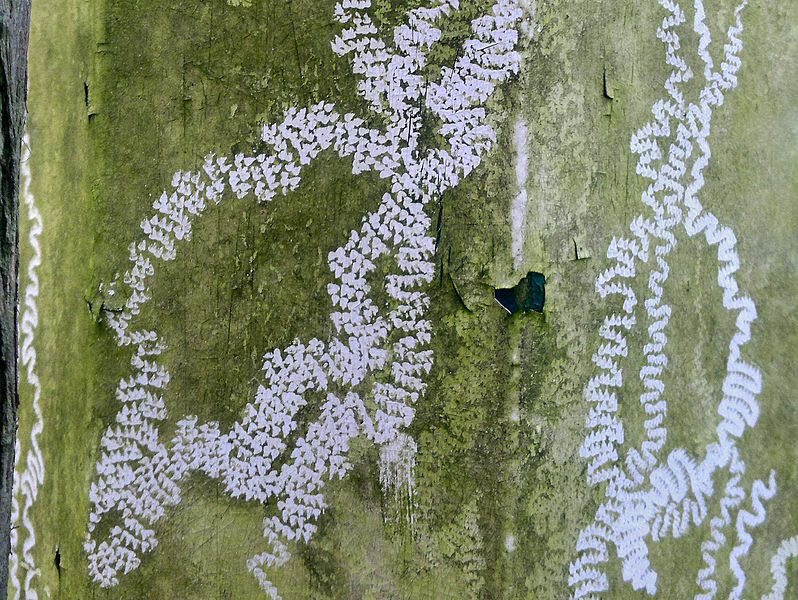Nutrition by Kevin Nebel
 Many
organisms contain tongues, including cows, humans, and birds.
However, organisms in the Mollusca phylum use their tongue a
little differently. Most animals would use their teeth to tear
apart food and chew. However, the snails have a special organ
called a radula that they use to tear and scrape away food
(Steensma et al.. 2009). The radula
is a scraping mechanism that the Polygyridae use to allow them
to cut off chunks of plant material. The radula is covered with
a conveyer belt like system that contains hooks that catch food
and carry them up to the mouth
Many
organisms contain tongues, including cows, humans, and birds.
However, organisms in the Mollusca phylum use their tongue a
little differently. Most animals would use their teeth to tear
apart food and chew. However, the snails have a special organ
called a radula that they use to tear and scrape away food
(Steensma et al.. 2009). The radula
is a scraping mechanism that the Polygyridae use to allow them
to cut off chunks of plant material. The radula is covered with
a conveyer belt like system that contains hooks that catch food
and carry them up to the mouth
They have teeth like structures made out of chiton
on their tongue, making it easier to access their food. Being apart of the
Gastropoda class, the I. verus is a herbivore, meaning it only eats
plants. The radula comes in help here with tearing select pieces of plants
apart to feed on. Some Gastropods graze for their food while others are
scavengers.
The gastropods has a very similar digestive system to that of they human species, however there are a few additional parts. Food passes from the mouth to the esophagus. Many gastropods have a crop that is used to digest and store their food. The crop includes the gizzard which separates the crop into an anterior and posterior setup. These structures all lead into the stomach where the food is then broken down and passed onto the intestine. The intestine holds the waste unitl it is ready to be passed through the rectum and out of the snails shell (Wilber et al, 1966).
However, there are some issues with the snails nutritional habits that they have overcome. Since most terrestrial gastropods have evolved from an ancestor that lived in the sea, these gastropods have a hard time with water retention. Since their skin is water permeable, they have developed behaviors that have helped them retain as much water as possible. They solve this issue with the use of estivation and hibernation, where they are able to crawl into their shell and seal off the entrance in order to stay moist and also for protection (Wilber et al, 1966).

Another issue they have is the fact that their rectum is located on the same opening that their mouth area is, which is due to torsion of their shell. This creates the problem of fouling, or defecating in an area where they eat and breath. Many snails adapt to this issue by defecating only when the water current is able to push it away, or when they are in an area they can move away quickly from it (Wilber et al, 1966).
Follow this link to discover some
Reproductive
ways which made I. verus so successful.